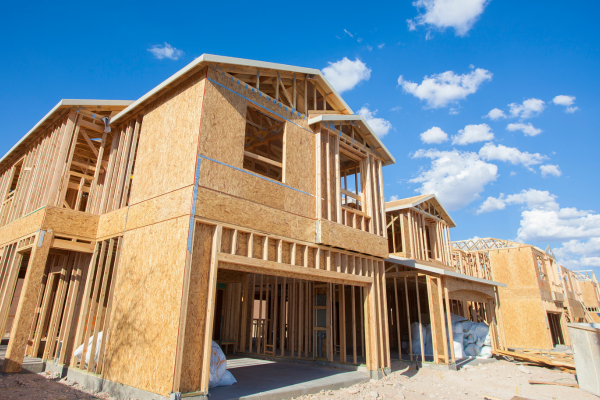
Addressing the National Home Rental Crisis: A Balanced Approach for Investors and Renters
The national conversation around Australia’s housing crisis is gaining momentum, and it’s high time we look at the role of investors, especially mum and dad investors, in this landscape. A recent industry forum convened by REA Group has shed light on the need for reforms that benefit not just renters but also property investors.
The federal government is already taking steps to increase housing supply, aiming to add 1.2 million homes over the next five years. However, the challenges are many: the pandemic, supply shortages, and economic factors have all contributed to a sluggish pace in new home construction. This has led to high rental rates that are affecting everyone, from individual renters to the broader economy.
The REA-led initiative is a promising start to tackle rental stress, especially in hard-hit markets like NSW and Victoria. The focus is on creating a coordinated plan involving governments, industry stakeholders, and the community. Mirvac and Lendlease, major players in the property development sector, have also expressed optimism about the national cabinet’s initiatives to ease the housing crisis.
However, the investor’s role in this equation can’t be overlooked. According to REA data, rental vacancy rates are half of what they were pre-pandemic, and rents have surged by about 15%. The majority of these investment properties are owned by individual investors. The current trend of investors selling rather than buying needs to be reversed.
High costs, labor shortages, and low consumer confidence due to past quality issues are some of the hurdles facing residential developers. These challenges have led to project delays, making it even more crucial to win back investors.
The Housing Industry Association’s recent survey shows a significant drop in home sales, emphasizing the need for incentives to stimulate property development. Regulatory uncertainties around land taxes and potential changes to negative gearing or capital gains tax are also keeping many investors on the sidelines.
The bottom line is that solving the housing crisis isn’t just about increasing supply or improving renters’ rights. It’s about creating an environment where investors, particularly smaller ones, feel confident to invest in property. This will, in turn, help unlock a diverse range of housing options across the country.
So, what’s the way forward? Reforms in stamp duty, land tax, and even some level of government risk-sharing for large projects could be part of the solution. The focus should be on a holistic strategy that addresses the needs of renters, developers, and investors alike.
In these uncertain times, marked by the pandemic and global economic shifts, a collaborative approach involving both the public and private sectors could be the key to moving projects from the drawing board to reality. After all, more housing options benefit everyone—renters, investors, and the economy at large.
The importance of investing in property, especially in these turbulent times, can’t be overstated. While the market has its ups and downs, the long-term view often proves the adage that it’s not about timing the market, but time in the market that counts. Properties will always need to be built, and people will always need places to live. For mum and dad investors, this presents an enduring opportunity. By investing wisely and holding onto properties over an extended period, you’re not just capitalizing on potential capital growth but also contributing to a solution for the housing crisis. So, if you’re contemplating property investment, now could be an opportune moment to act. The need for housing isn’t going away, and a well-considered investment today could be a win-win for both your financial future and the community at large.
These points encapsulate the complexities of the housing crisis and suggest a multi-faceted approach for resolution.
